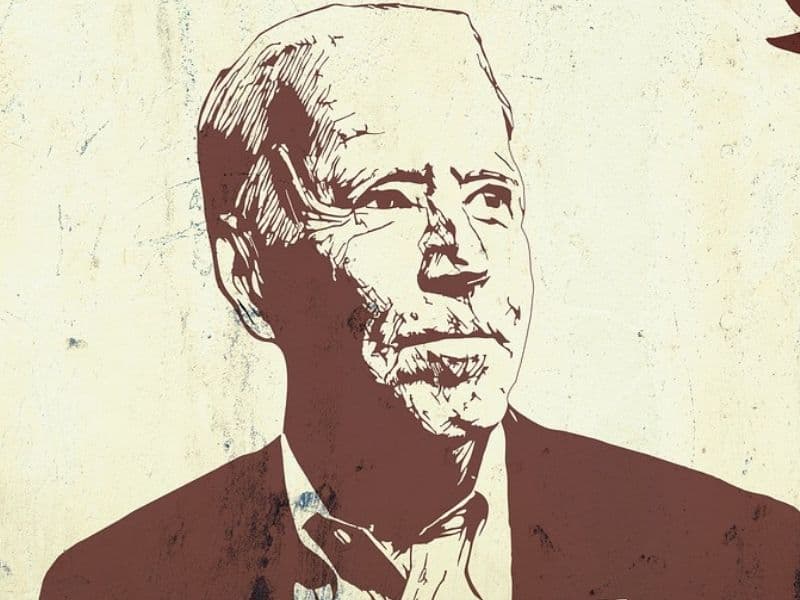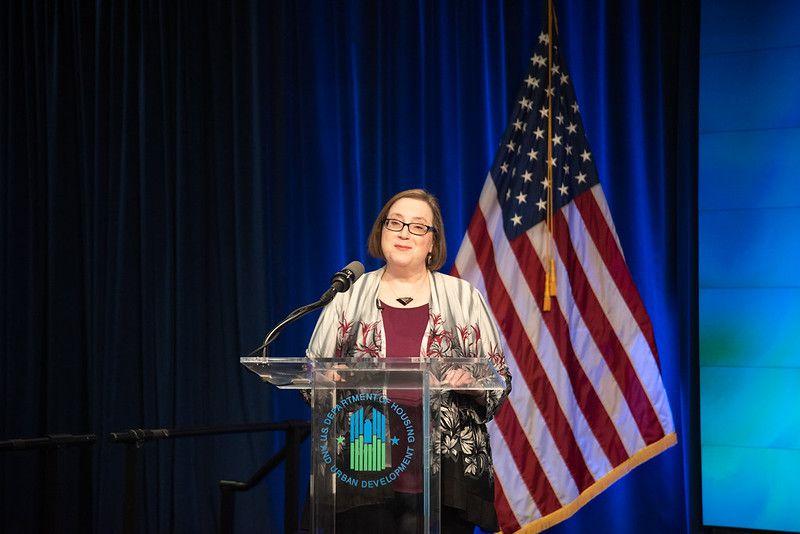President Biden approves $10 billion in mortgage relief. See who qualifies.
Your house payment could be lower. Click here for a quote.
April's jobs numbers were not terrific. Despite the stock market continuing its rise into unchartered waters, the economy is still struggling to get people back to work. While mortgage delinquency rates appear to be declining, homeowners are still struggling to make their mortgage payments. As hiring begins to slow, as indicated by the first increase in unemployment since April 2020, it will become increasingly difficult for homeowners to catch up.
The mortgage forbearance program implemented in the first COVID stimulus is set to expire this year. Passed during the Trump administration and subsequently extended by Biden’s, mortgage forbearance eases homeowner anxiety by deferring payments to the end of the mortgage term.
The most recent COVID relief package signed by Biden in April provides an additional $10 billion to assist with housing costs. $10 billion might seem like a mere fraction of the $1.9 trillion to be appropriated from the bill (it is), but it is an indication that the Federal Government is concerned that homeowners exiting their forbearance period will need substantial assistance.
Who qualifies for mortgage relief?
Not all mortgages are eligible to receive assistance from the $10 billion stimulus fund. Fannie Mae and Freddie Mac are the two federally backed behemoths who participate in the vast majority of residential mortgage loans, so it stands to reason your mortgage must be within their limits. While areas of the country with higher home values may have higher limits, the 2021 base conforming loan limit is $548,250.
If you don’t have a government backed loan (Fannie Mae, Freddie Mac, FHA, VA, USDA), contact your mortgage servicing company to see what options might be available.
Additionally, funds will be allocated by each state’s Housing Finance Agency (HFA), with states that have been hit the hardest likely having more money to distribute. HFAs provide help and support for renters and homeowners alike. Nearly three times as much was allocated from the American Rescue Plan for rental assistance than homeowner assistance, so it is likely the HFAs will need time to process the overwhelming amount of rental and mortgage requests. It’s conceivable that funds may not be available until late 2021 or even into 2022.
Filling the Gap
If you feel you need assistance and 2022 is simply not going to work for you, COVID-19 mortgage relief is available now in the form of forbearance. If you purchased or refinanced your home with a government loan that is not backed by Freddie Mac or Fannie Mae, you have until June 30, 2021, to apply for forbearance. This includes FHA, VA, and USDA guaranteed mortgage loans. Fannie Mae and Freddie Mac currently do not have a deadline.
Requesting forbearance can buy you time until funds from the $10 billion housing assistance package become available. The CFPB was created to preserve homeownership and provides resources to learn more about how forbearance works and what you can do to stay in your home.
Is refinancing an option?
Mortgage rates are historically low, so refinancing is probably worth exploring. Housing values have risen, so the likelihood of homeowners having sufficient equity to qualify for the lowest rates is higher than it might have been a year or two ago.
Of course, you’ll need a high credit score to be eligible for the best rates, too. If you’ve had troubles paying your mortgage and/or other debt (30 days late or more), your credit score may have suffered, which could jeopardize your chances of qualifying for the lowest rates. However, it doesn’t take a perfect score to refinance, so there is likely no harm in inquiring.
Remember, refinancing doesn’t have to be about the lowest rate. For example, if you have a 15-year mortgage and need payment relief, refinancing to a more traditional 30-year fixed rate should provide some. Additionally, you may have enough equity to pursue a cash-out refinance to consolidate outstanding debt. Even if your mortgage rate doesn’t decrease, your new rate will likely be lower than the interest rates you are paying on any credit cards or personal loans you’d consolidate.
If refinancing won’t be enough or you’re not sure if you qualify, contact your current lender to discuss your options.
Summary
Help is on the way from the nearly $10 billion appropriated for mortgage relief from the $1.9 trillion American Rescue Plan. It’s available now from previous COVID-19 relief bills if you have a federally backed loan in the form of forbearance.
If you’ve maintained reasonable credit throughout the pandemic, refinancing is worth exploring while rates remain near historic lows.
Contact your state’s Housing Finance Agency for more information.
Your house payment could be lower. Click here for a quote.









